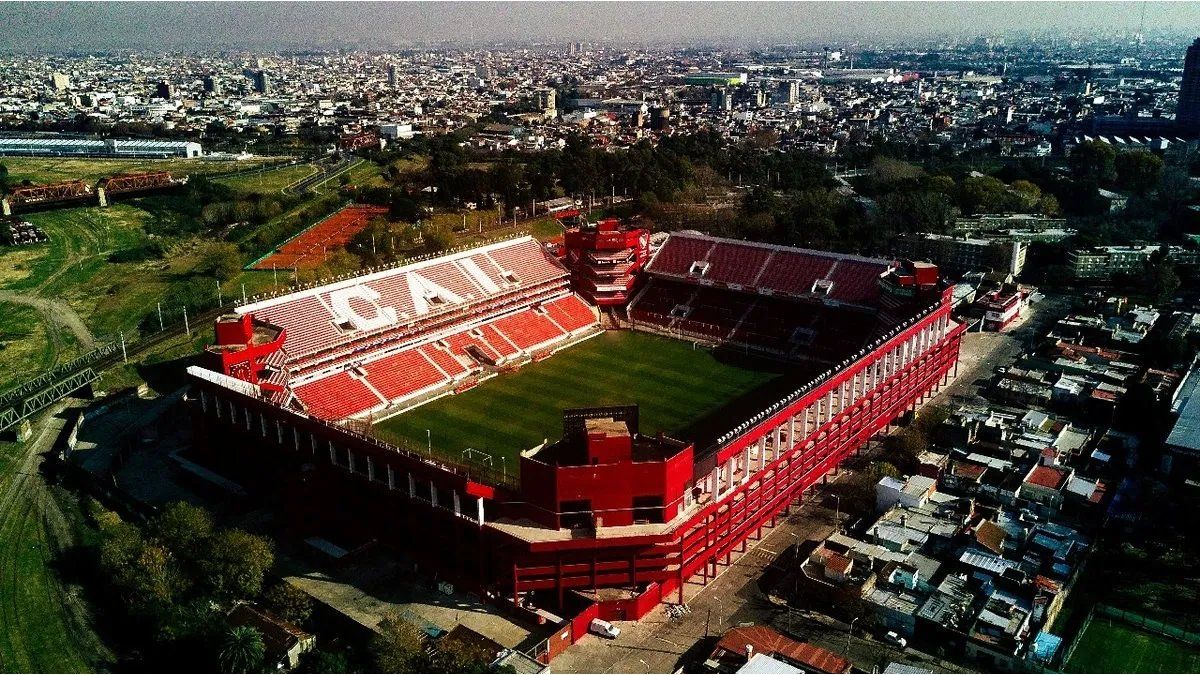Like Bosch, Conti is one of the largest automotive suppliers in the world. What began a century and a half ago with rubber items and simple tires is developing more and more in the direction of electronics and software.
Was Continental a start-up? Historically, that may sound a bit too “hip” – but from the point of view of the founders in 1871, the fashionable term could almost apply.
In the rubber boom of that time, small companies and inventors also tried to use the natural raw material from the tropics for all kinds of rubber products. Soon it was a matter of manufacturing tires on an industrial scale. After all, the American rival Goodyear was already a good 30 years ahead. The tires from Hanover formed the basis for a global group. He will be 150 years old this Friday (October 8th).
Lots of upheavals
For the anniversary, the executive suite conjures up a story based on the motto “Change is the only constant”. Indeed, the Conti story is full of breaks, alterations, and reorientations. Sometimes due to the passage of time and external shocks, sometimes triggered by reactions to internal deficits. A few lessons should be learned from this – especially now, when the second largest German auto supplier with annual sales of 38 billion euros and 236,000 employees, like the entire industry, is facing the next, probably largest, change process. Or is actually already in the middle of it.
“The current speed is different from previous transformations,” says CEO Nikolai Setzer. “Software has completely different development cycles.” But the DAX group has experience with proclaiming a “new Continental”. The first change came in 1874, when the chemist Adolf Prinzhorn professionalized the manufacture of tires. Bicycles should roll on air tubes, rubber processing must be refined. Coming from South America, the “biological plastic” from the milky sap of the rubber tree found its way to India and Southeast Asia – and thus largely under the control of Great Britain as the dominant sea and trading power.
It starts with the rubber
The German Reich also wants more access to the basic material. The US inventor Charles Goodyear – namesake of the future competitor – had made advances in rubber hardening long before that: his technique of so-called vulcanization had matured in the late 1830s. With sulfur atoms, bridges between the large-meshed giant molecules (polymers) can be built under heat and pressure. The addition of carbon black also stabilized individual rubber compounds.
Tire chemistry was born. Conti is still lagging behind at first. However, the up-and-coming industry is reporting a need for larger quantities. Methods are being researched to artificially replicate the natural polymers. An ulterior motive in the age of imperialism: to produce as much of this synthetic rubber as possible for the army.
The Hanoverians see the years before the First World War as a phase of the breakthrough to become a car tire manufacturer. The first profile models are admired at world exhibitions. In the inter-war period with a high level of international integration, racing cyclist and businessman Willy Tischbein rationalized and “Americanized” the company – this transformation will cost many jobs for the first time. The product range is expanded to include leisure items such as rubber boats or swimming caps.
The darkest chapter
Then from 1929 the big crash: The global economic crisis hits Conti hard, production and trade shrink, and unemployment rises. When Hitler came to power in 1933, the darkest chapter finally began. Because of the militarily important rubber production, the group is transformed into a Nazi model company in which thousands of prisoners of war and concentration camp inmates are exploited as forced laborers until 1945. Many die, even more are systematically harassed. More and more «Buna» rubber – formed with the substances butadiene and sodium – is to be produced. For truck tires, boot soles, machine parts.
In the summer of 2020, Conti presented a study on how to deal with this time. It made a terrifying picture. The analysis by the historian Paul Erker traced a creeping process from a global company to the partial machinery of a totalitarian system, which culminated in facilities such as the “shoe test track” in Sachsenhausen concentration camp within sight of the gallows. “The reading was very depressing in many places,” said Setzer’s predecessor Elmar Degenhart.
It is important to the group: You never want to be instrumentalized politically or even by a dictatorship – especially since, according to the study, a number of managers were “actively involved” in the marginalization of Jewish colleagues at the time. Today, the lesson also applies to work in other parts of the world, promises Conti. Degenhart emphasized: “It is a warning to all managers in business and politics to handle their responsibility very carefully.”
Difficult new beginning
The economic boom of the 50s and early 60s is then overslept a little. The French competitor Michelin dominates the scene with its new concept of the radial tire. Conti’s attempt at alliances with Dunlop or Pirelli fails. From the late 1970s onwards, there are more solid acquisitions or investments with Uniroyal and Semperit.
The actual technological leap, which still has an impact today, began in the 90s and thereafter: In addition to tires and mechanical engineering, there was a separate automotive technology division for drives, chassis, control units and safety systems. With acquisitions of billions like Teves and the former Siemens auto division VDO, Continental is making a name for itself in the industry.
The “Automotive” business, the drive division of which has now been largely spun off into the listed company Vitesco, raises Lower Saxony to a level with global players such as Bosch, ZF, Magna, Denso and Schaeffler. The latter fight a takeover battle with Continental in 2008/2009. In the end, the industrial holding company controlled by the Schaeffler family becomes the main shareholder with 46 percent.
Transformation of Pain and Opportunity
How things will continue is mapped out: everything on electromobility and digitization. Lower or CO2-neutral drives, autonomous driving, more and more sensors and our own software development should be the driving forces in the coming years – embedded in a new climate protection and recycling strategy. The higher pace “does not change anything fundamentally about our actions”, says the CEO. “A lot has happened in the 150 years, wars and crises. We think long-term – otherwise we wouldn’t be where we are today. “
The fact that the latest upheaval is also causing pain is unavoidable – even if the management, with its “Transformation 2019-2029” timetable, tries to counter tens of thousands of deleted or “changed” positions with further qualification of the workforce. Setzer, who has been at the top of Conti since the end of 2020, considers the cuts to be “very bitter”. At the same time, the chances are great: “We are relying even more on our future technologies. The software makes the difference. “
Jane Stock is a technology author, who has written for 24 Hours World. She writes about the latest in technology news and trends, and is always on the lookout for new and innovative ways to improve his audience’s experience.




